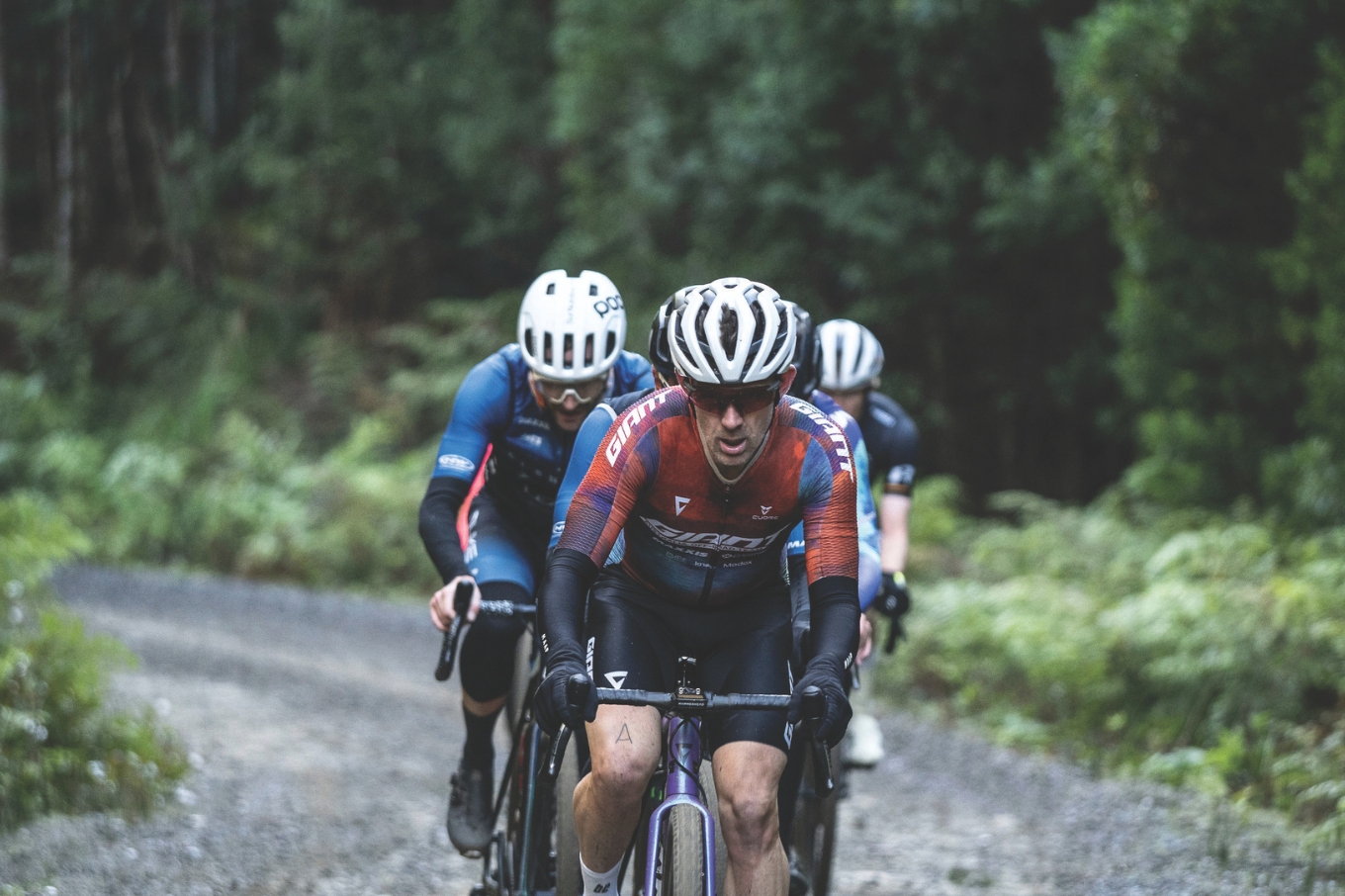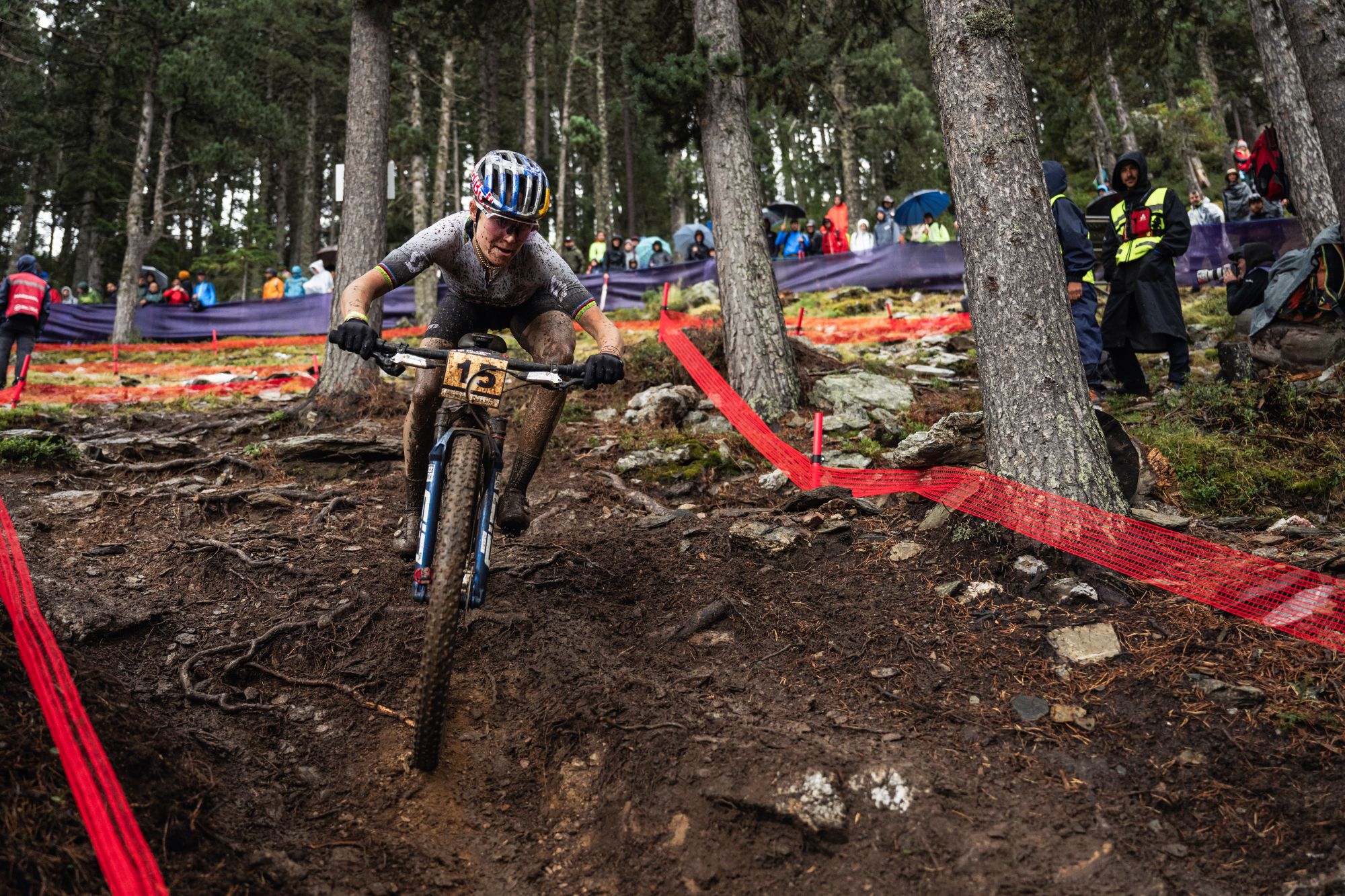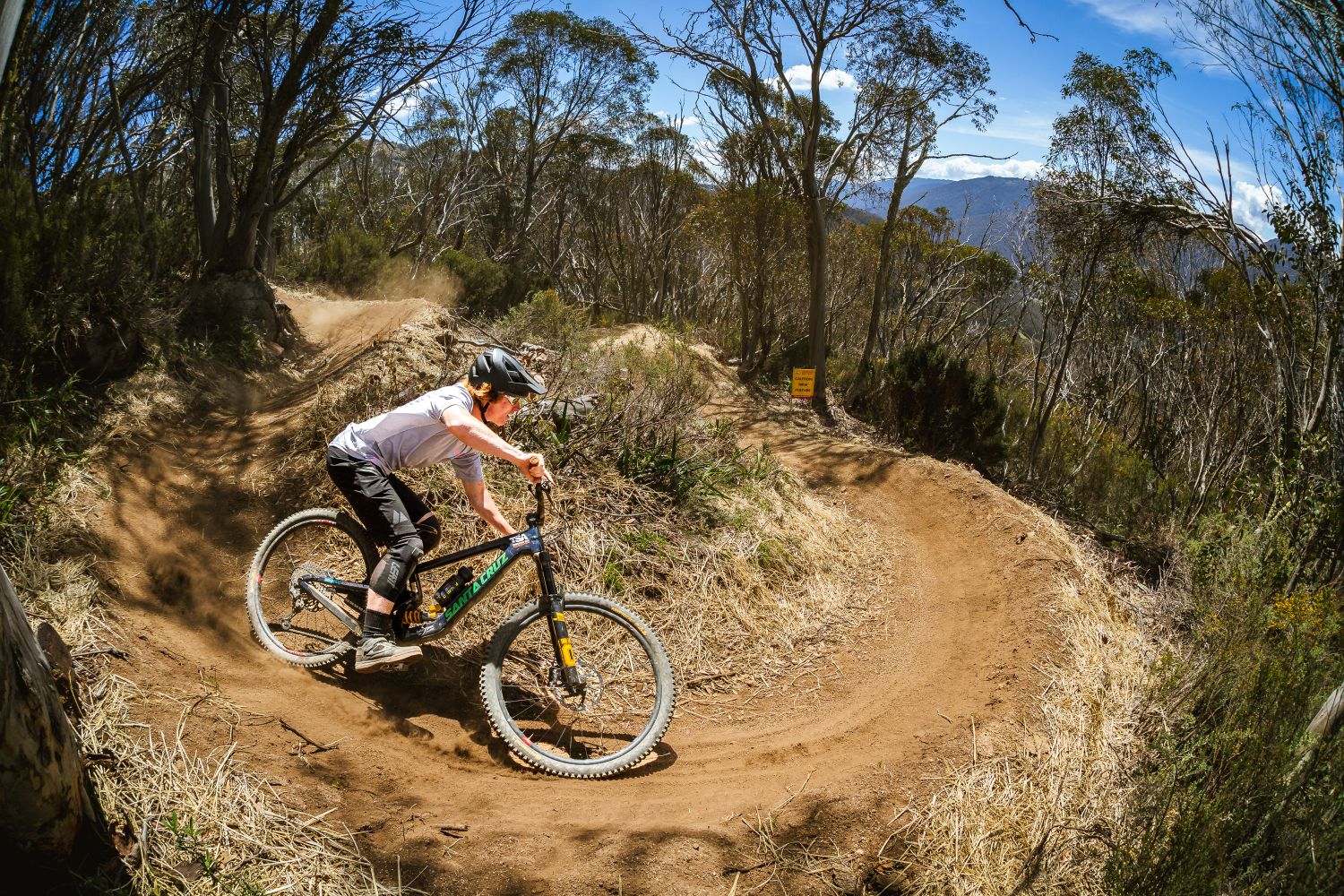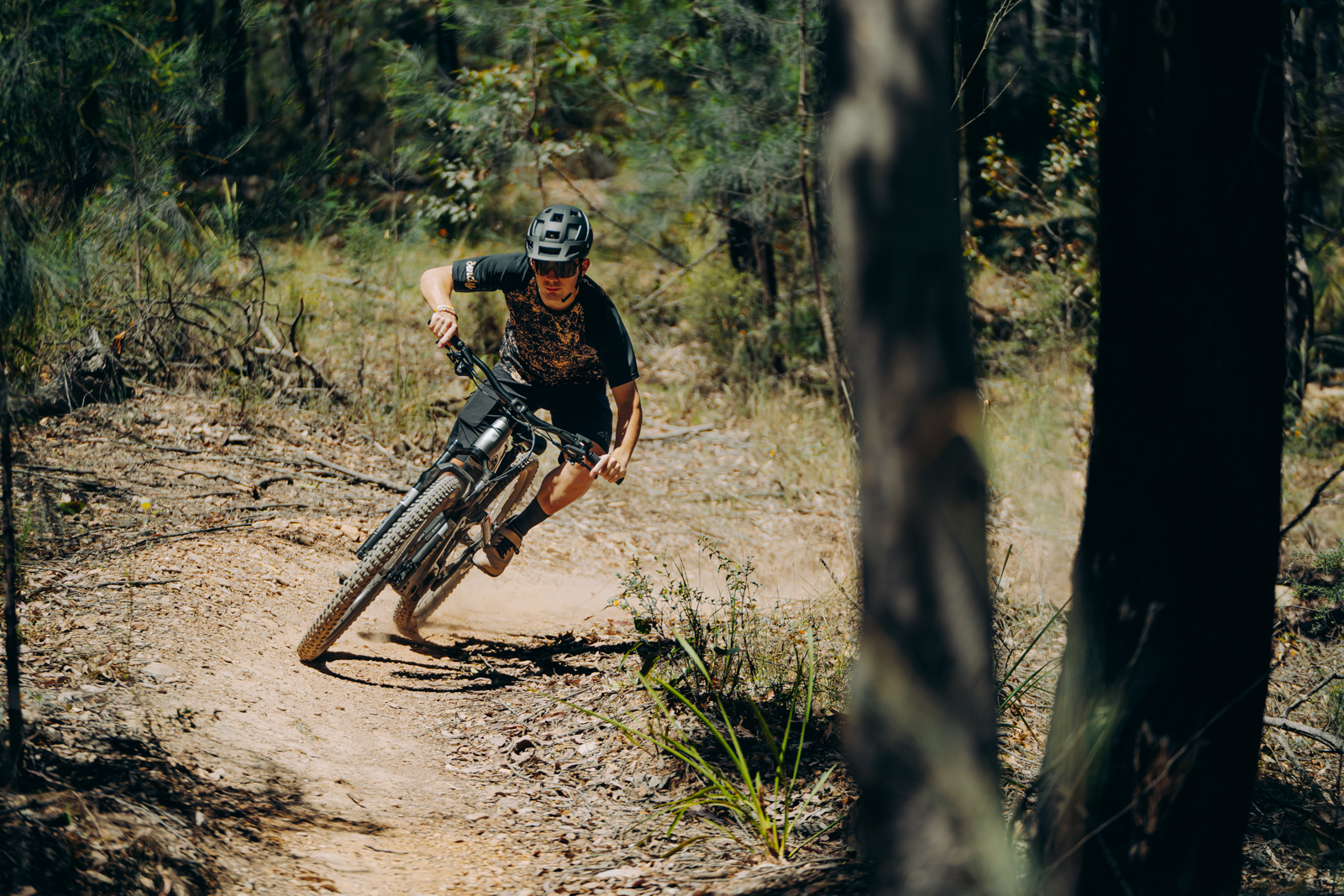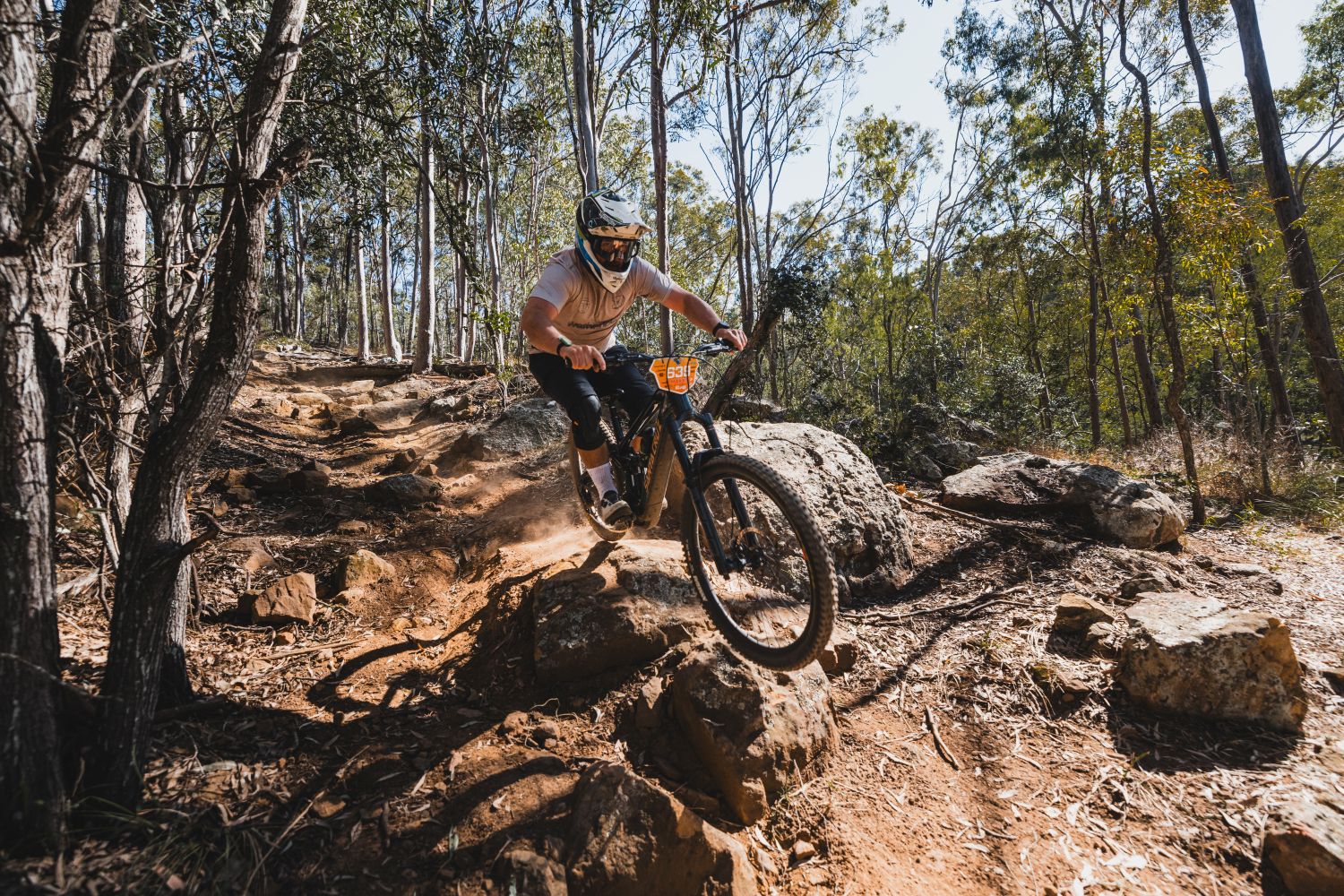Gravel bikes have exploded in popularity since covid, now boasting bigger tyres, wider drop bars and more gears. But after tens of thousands of kilometres on both setups, I’ve found myself reaching for my hardtail mountain bike more often than not when riding gravel.
Here’s why I think a good hardtail is not only capable on gravel, but it might actually be better.
It’s all about the terrain
Gravel bikes excel on compacted, ‘champagne’ gravel and fast rolling fire roads. But the moment things get rough, loose corners, rocky drainage channels, ruts, chunky descents, you’ll find you need to brace yourself. I’m not saying a gravel bike can’t ride rough descents, but the risk of crashing, flatting or hurting yourself is far higher, not to mention how uncomfortable it is.
In 2024, I raced the Gravel Cycling National Champs in Derby, Tasmania. The Devils Cardigan hosted this event on a brutal course that required serious skill (and luck) to not puncture. I rode my Cervelo R5 CX, a very aggressive cyclocross/gravel bike with 50mm chunky Maxxis Reaver gravel cycling tyres at roughly 25-27 PSI. I was fortunate enough to not crash or puncture, but on every descent I felt very underbiked for the terrain at hand. Keep in mind I just came back from the 2024 Cyclocross Worlds, so my skills weren’t exactly bad.
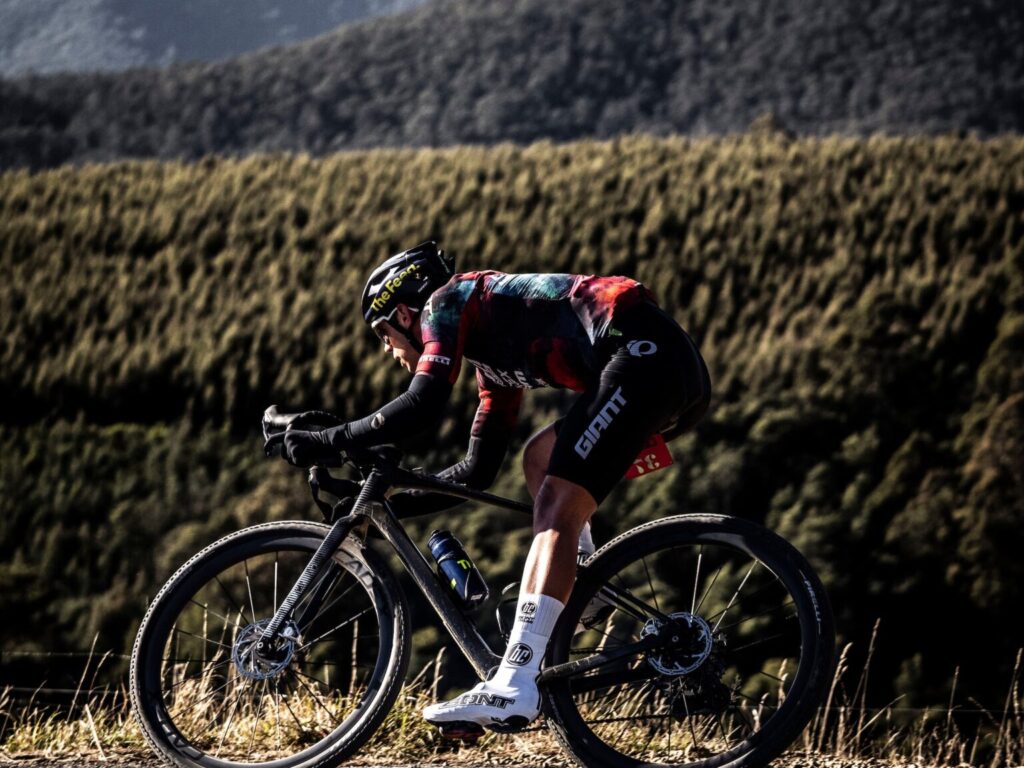
So I started thinking, at what point does a hardtail mountain bike become the preferred option? You’ve got the ability to run fatter tyres, a suspension fork, and a flat bar that gives way more control when it gets rough.
If your “gravel” rides look more like underbiked MTB adventures, a hardtail probably makes more sense and here’s why.
A Little Travel Goes a Long Way
The biggest difference? That front suspension fork. A 100-120mm air fork on a hardtail soaks up everything a stiff carbon gravel fork can’t – without beating up your hands, back or wrists.
You can run lower pressures, carry more speed through the chop, and stay fresher deeper into a big day.
Check out our first look of the Rockshox SID SL, which is a great option for lightweight hardtail builds.
Is a Gravel Bike Actually Faster?
When the terrain ain’t janky and you’re riding on flat, sealed roads, a gravel bike rolls faster with drop bars. However anyone who goes gravel riding knows it’s not just flat and tame all the time, chunky gravel, erosion ruts and technical downhills are often present on any route. When the terrain gets tough, my hardtail excels.
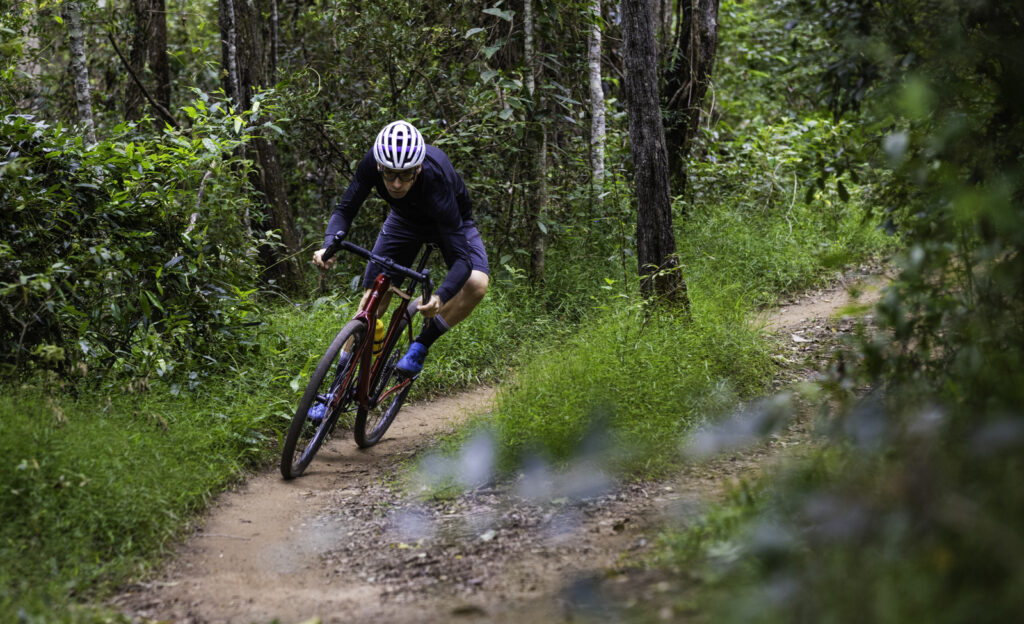
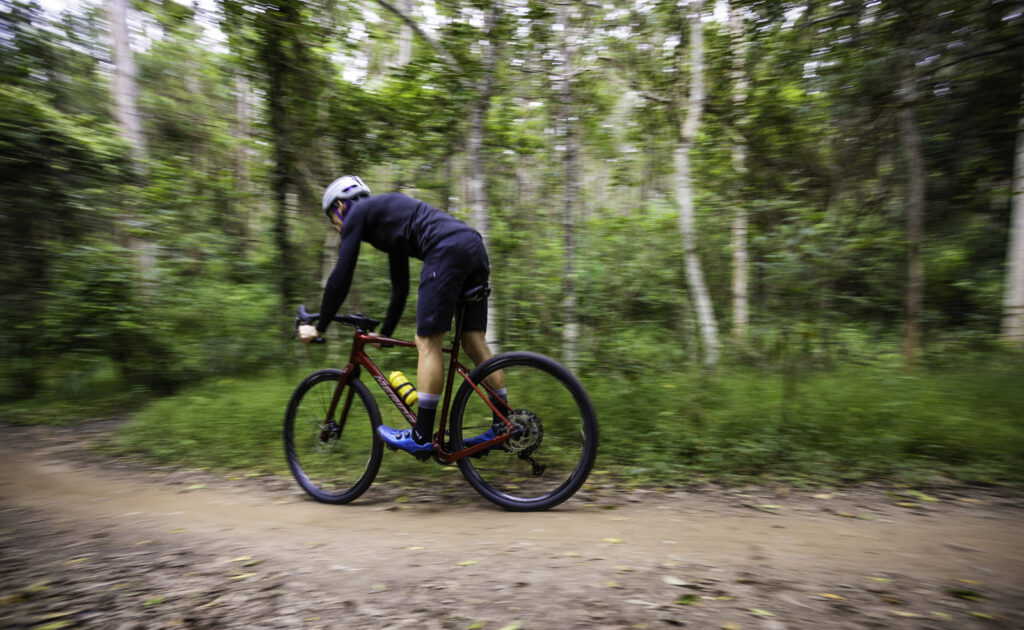
You’re off the brakes more often. You ride smoother. And unless you’re racing, a few km/h difference doesn’t matter when you finish feeling better.
Why Geometry and Fit Matter
Hardtails have more upright geometry. You’re not hunched. You’ve got a wider cockpit, better leverage on steep climbs, and more body stability when things get rough. Add in that extra suspension and high volume tyres, and your hands, back, and brain take less of a beating over a long day.
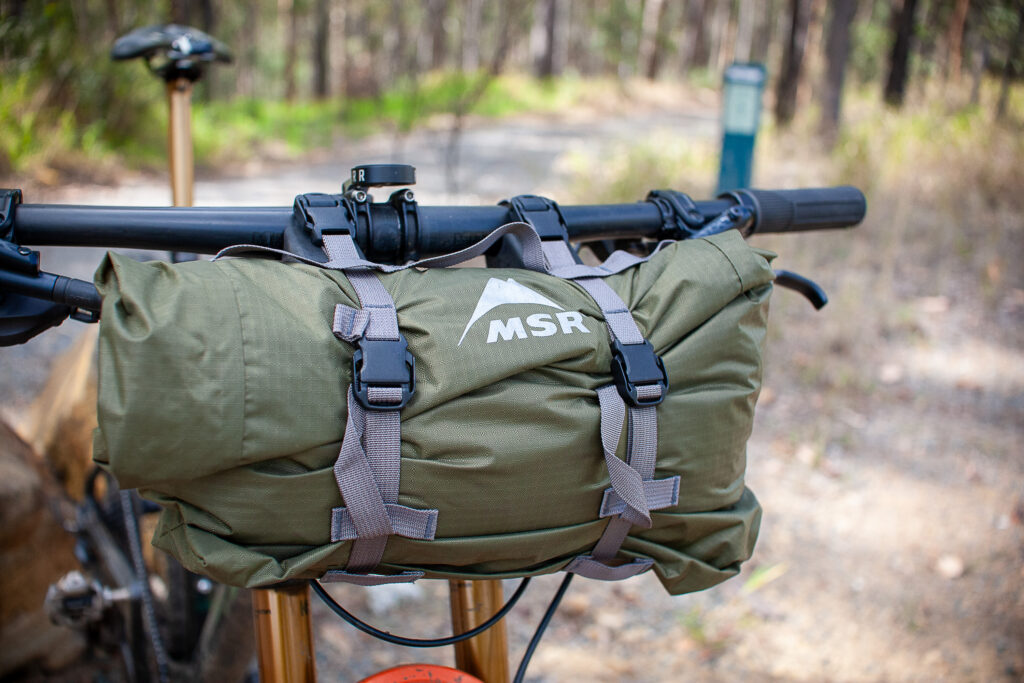
The biggest downside to the hardtail mountain bike is when you hit long stretches of road and smooth gravel. Then riding becomes a drag because you’re not as aerodynamic, so you’ll be slower.
So, gravel bike or hardtail?
The answer to this depends on the terrain. If your gravel riding involves long road stretches and minimal chunk, a gravel bike should be your go-to. But if your routes drift toward trail connectors, rough exposed descents, and any sort of unknown terrain, a hardtail mountain bike will be more forgiving, more fun, and heaps more flexible.

